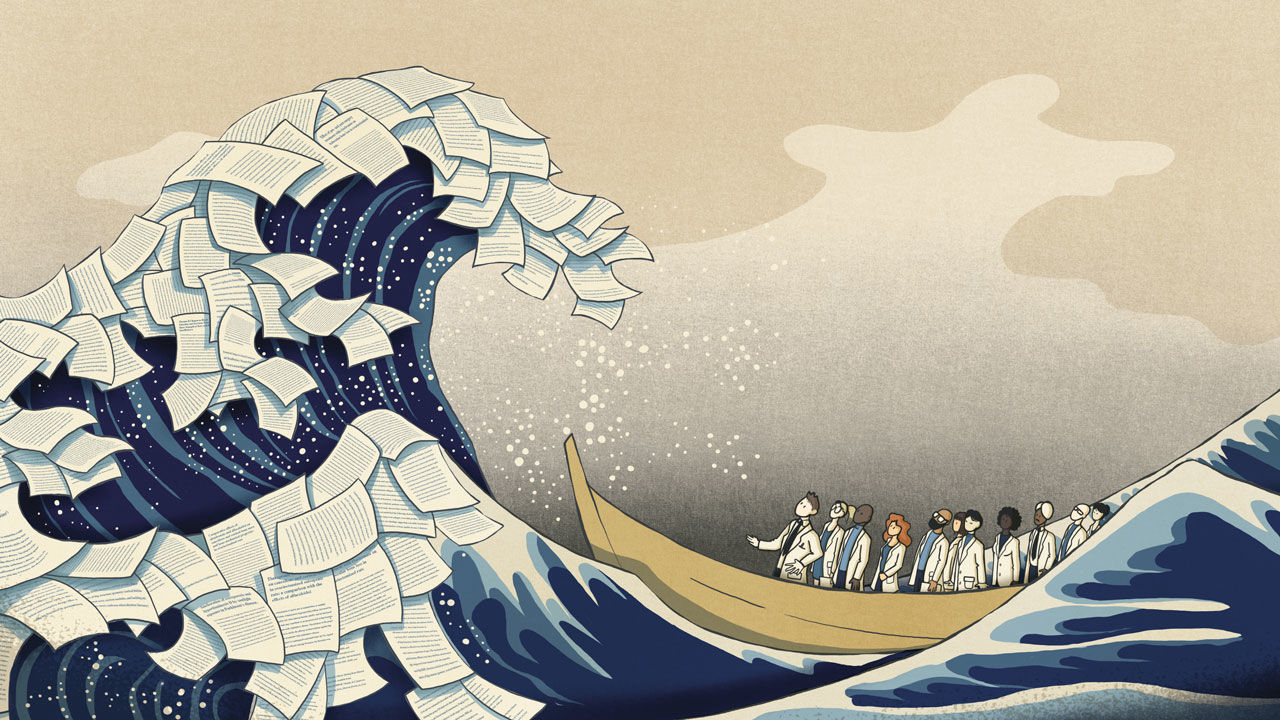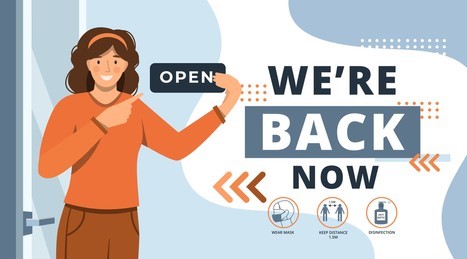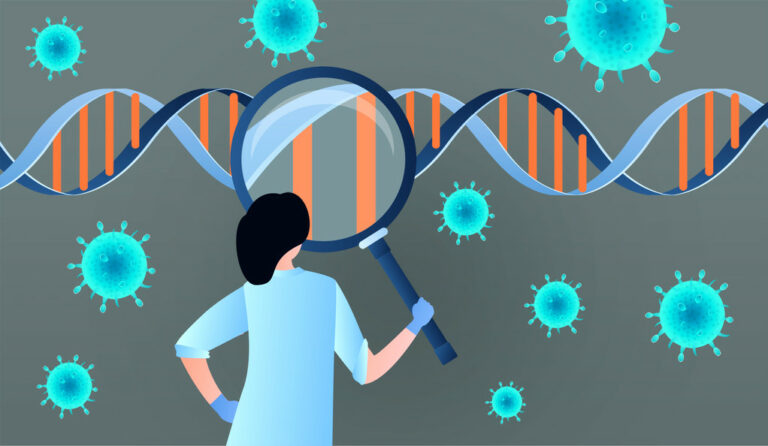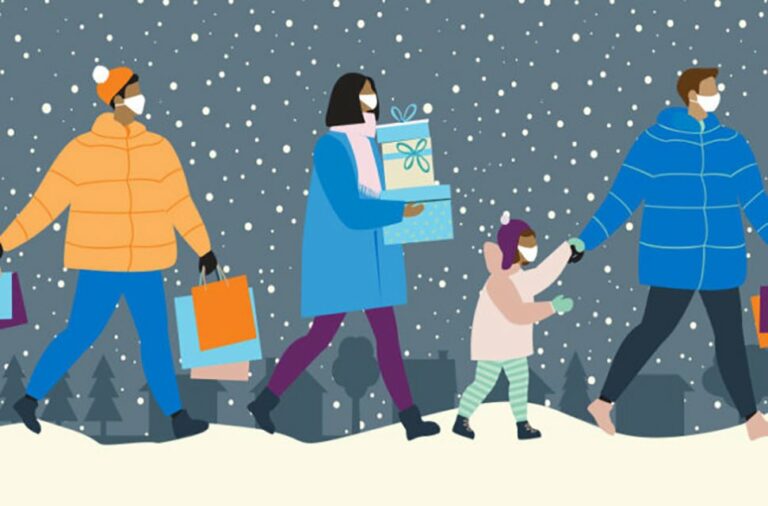Seven months into the pandemic, Canadians are getting used to wearing a mask, keeping a physical distance from others, and staying at home as much as possible to help limit the spread. But, the 2nd wave of COVID19 has surfaced with the number of cases across the country surging again.
At first glance, the second wave may seem less dangerous than the first one as we believe that medical experts now have a better idea of the virus, testing capacity has drastically improved, and stocks of personal protective equipment
have grown. However, the 2nd wave of COVID19 is no less of a threat than the first.
We still need to take the 2nd wave seriously
According to an infectious disease specialist, the second wave of the pandemic in Canada is largely being spread among younger, healthier populations that was in the spring, when long-term care homes were hit hardest. Although the survival rate for those who are hospitalized is much higher due to the expanded knowledge about how to treat the virus, the number of people who will get very sick and die will start to go up with numbers soaring in younger populations. Also, the more the virus spreads in the community, the harder it will be to keep it out of seniors’ residences, and long-term care homes where the impact can be devastating.
Experts are also worried about whether Canadians will be resistant to the idea of re-entering lockdown if it’s deemed necessary. If people are not willing to follow public health directives, that’s when this pandemic would become much worse than it is and potentially worse than the first wave.
2nd wave would hit indigenous communities harder
Indigenous communities have been facing an alarming rise in the number of new and active COVID19 cases. During the first months of the pandemic, infection rates on reserves were relatively low compared to the general public. But in the past six weeks, there have been outbreaks in Indigenous communities across the country. Indigenous Services Canada reported that the rise in new and active COVID19 cases has been linked to private gatherings, as well as exposure to positive cases from outside of communities.
What can we do to slow down the 2nd wave?
Stay home as much as possible
Staying at home is the most effective way to avoid getting infected, protecting yourself, your loved ones, and communities
Continue to practice prevention actions recommended
1. Wash hands often with soap and water for at least 20 seconds or use an alcohol-based hand sanitizer containing at least 60% alcohol, especially after you have been in a public space, or after blowing your nose, coughing, or sneezing.
2. Wear a mask or face covering when around others
3. Avoid crowded places and keep 2 metres away from others when outside of your home
4. Limit non-essential travel
5. Monitor your health daily
Clean and disinfect properly
1. Wear reusable or disposable gloves for routine cleaning and disinfection
2. Clean surfaces using soap and water first to reduce the number of germs, dirt, and impurities on the surface
3. After cleaning, use a disinfectant that is authorized by Health Canada for use against the novel coronavirus, for instance, Vital Oxide, and follow the instructions on the label to ensure safe and effective use of the product. Fogging or spraying is the method recommended as it would reduce cross-contamination and achieve an even and efficient coverage.
4. Practice routine cleaning of frequently touched surfaces. High touch surfaces include tables, doorknobs, light switches, countertops, handles, desks, phones, keyboards, toilets, faucets, sinks, etc.
Use an air purifier to disinfect the air if needed
It’s acknowledged that SARS-CoV-2, the virus that causes COVID19, can linger in poorly ventilated and enclosed indoor spaces, spreading farther than 6 feet from its source. In a place where people are in close contact or cant easily open windows or doors for ventilation, using an air-purifying unit is a relatively easy and effective way to get clean air. In a typical room without an air cleaner, the air gets fully changed out about once every two hours through air leakage. Portable air cleaners can limit the spread of the virus via long-range airborne particles by capturing most of those particles in a HEPA filter and cleaning the air at a rate of up to six times per hour.
In addition, the novel coronavirus loves dry air with low humidity. With winter approaching, using an air purifier could help mitigate the spread and in turn slow down the second wave.




